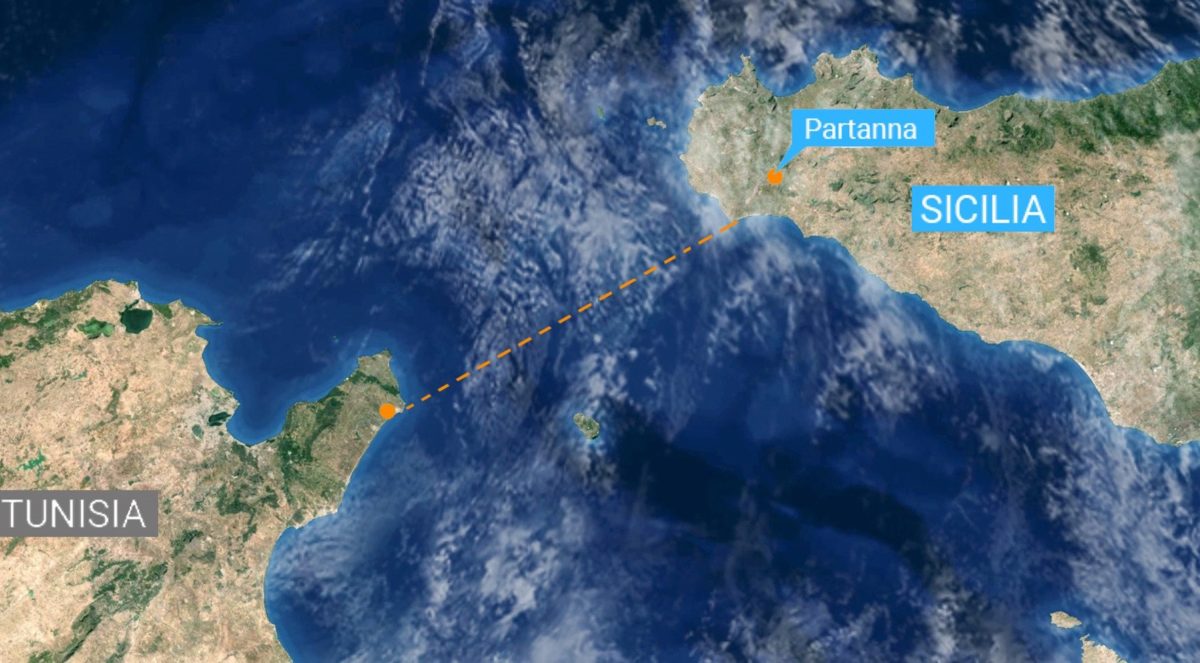The grid operators of Italy and Tunisia have secured €307 million from the Connecting Europe Facility (CEF), a European Union fund that was set up in 2014 to support EU infrastructure investments related to transport, energy, and telecoms.
The two companies will use the funds to build a 600 MW high-voltage direct current connection between the town of Partanna, Italy, and Cape Bon, a peninsula in Tunisia. The transmission line will extend 200 km and will reach a maximum sea depth of 800 meters.
“It is the first time that CEF funds have been allocated to an infrastructure project developed by a member state and a third country,” the Italian grid operator, Terna, said in a statement. “As a further testament to its strategic importance, the European Commission has allocated over half of the available budget in the 2022 call to the project.”
The €850 million project will increase electricity production from renewable sources in Europe and Africa and promote the diversification of the energy mix.
“Thanks to this project, Italy will be able to firmly establish itself as the Mediterranean energy hub,” said Terna CEO Stefano Donnarumma.
Terna and Société tunisienne de l’électricité et du gaz (STEG), the Tunisian state-owned grid operator, began developing the project in 2003. They started by planning a 1 GW power line and a 1.2 GW power plant in Tunisia to export 800 MW of energy to Italy. In 2011, an economic recession in Europe and falling power demand led to overcapacity in Italy, so the partners agreed to downsize the subsea line to 600 MW, in addition to scrapping plans for the power plant in Tunisia.
In 2016, the project became part of Terna’s National Electricity Transmission Grid Development Plan, as well as part of the Ten-Year Network Development Plan formulated by the European Network of Transmission System Operators.
The two governments signed their first joint declaration for the project in 2007 . They created a 50:50 joint venture company, Elmes Etudes Sarl, to oversee pre-construction activities on the power line.
This content is protected by copyright and may not be reused. If you want to cooperate with us and would like to reuse some of our content, please contact: editors@pv-magazine.com.




5 comments
By submitting this form you agree to pv magazine using your data for the purposes of publishing your comment.
Your personal data will only be disclosed or otherwise transmitted to third parties for the purposes of spam filtering or if this is necessary for technical maintenance of the website. Any other transfer to third parties will not take place unless this is justified on the basis of applicable data protection regulations or if pv magazine is legally obliged to do so.
You may revoke this consent at any time with effect for the future, in which case your personal data will be deleted immediately. Otherwise, your data will be deleted if pv magazine has processed your request or the purpose of data storage is fulfilled.
Further information on data privacy can be found in our Data Protection Policy.